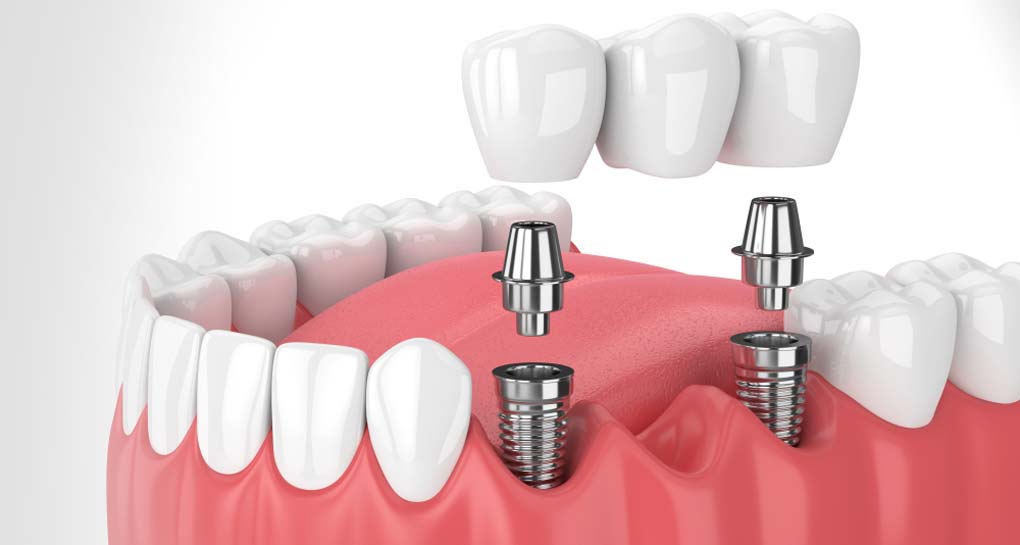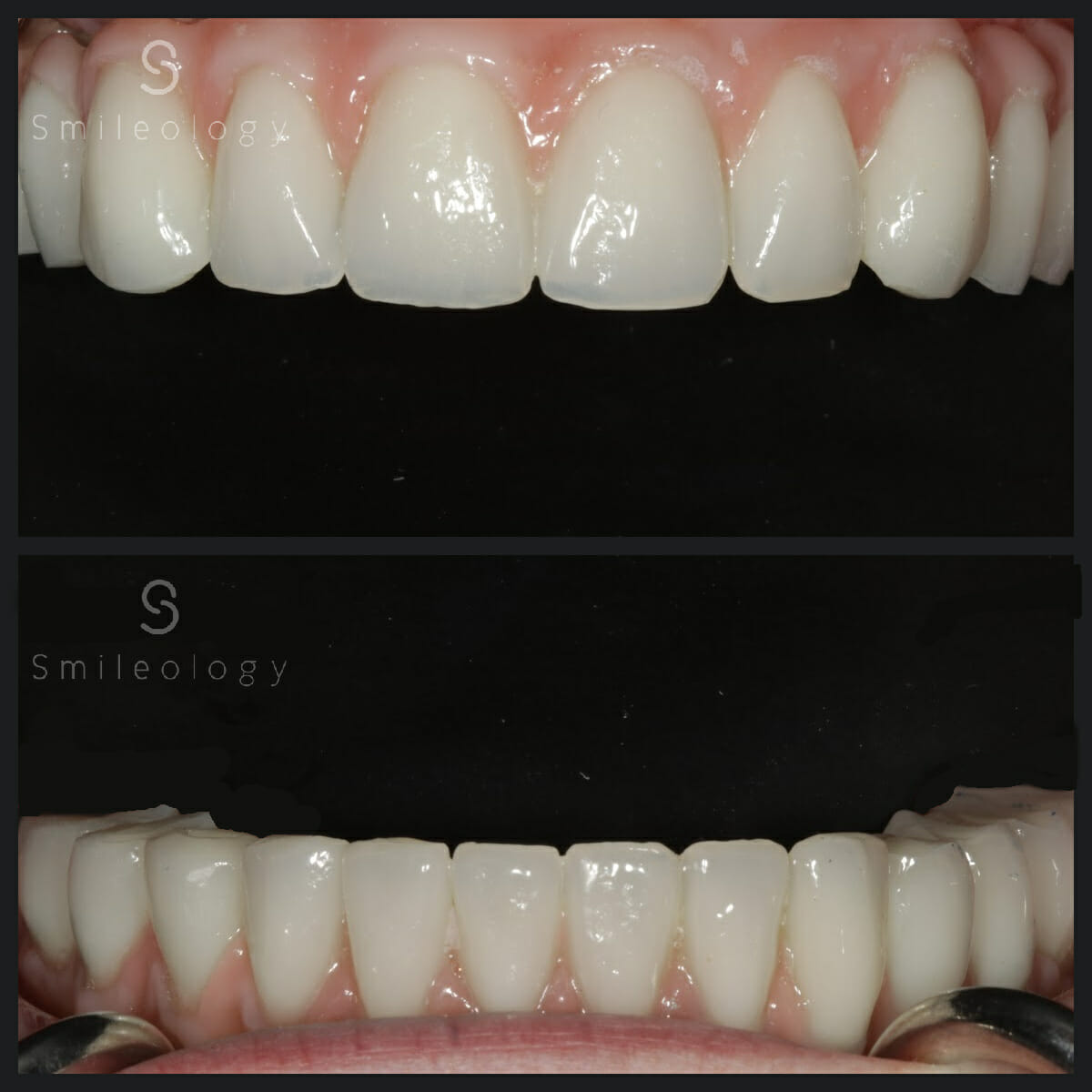Get a Permanent Remedy to Missing Teeth With Dental Implants
In today's globe, advancements in dental innovation have actually made it feasible to attend to the problem of missing teeth with a lasting service: oral implants. These cutting-edge prosthetics have actually changed the area of restorative dental care, offering an irreversible fix that carefully resembles natural teeth. The benefits of oral implants go past simple appearances. Recognizing exactly how they function, the optimal candidates for this treatment, and the intricacies of the dental implant placement process can give useful understandings right into why they are thought about the gold standard in tooth replacement.
Advantages of Dental Implants
Oral implants provide a permanent and efficient solution for restoring missing teeth, supplying countless benefits for patients seeking long-term oral wellness and useful enhancement. Among the key advantages of oral implants is their toughness. Unlike traditional dentures or bridges, which may need replacement or adjustments with time, oral implants are made to last a life time with appropriate treatment. This durability not just gives people with comfort but additionally verifies to be a cost-efficient solution in the future.
Moreover, oral implants use enhanced visual appeals and capability compared to other tooth substitute options. Furthermore, dental implants recover appropriate chewing ability, enabling people to appreciate their preferred foods without constraints (Dental implants Kent).
Additionally, dental implants aid maintain bone structure and avoid further wear and tear of the jawbone, which often occurs when teeth are missing out on. By integrating with the jawbone, implants provide security and promote bone growth, preserving face visual appeals and general oral wellness.
Exactly How Dental Implants Work
Making use of sophisticated surgical strategies and products, the process of incorporating dental implants right into the jawbone includes specific placement and osseointegration to develop a secure foundation for prosthetic teeth. Dental implants are composed of 3 main parts: the dental implant fixture, joint, and prosthetic crown. The implant component, normally made of titanium, is surgically put right into the jawbone where the missing out on tooth once was. Over a period of a number of months, the bone integrates with the implant in a procedure called osseointegration, guaranteeing a resilient and solid anchor for the substitute tooth.
As soon as the osseointegration is complete, an abutment is connected to the implant component. The abutment offers as an adapter in between the dental implant and the prosthetic crown. The prosthetic crown, tailor-made to match the color and form of the surrounding teeth, is safely attached to the abutment, completing the dental implant repair. This procedure causes a practical and natural-looking tooth replacement that can last a lifetime with proper treatment and maintenance.

Candidates for Oral Implants
Having actually comprehended exactly how dental implants feature and the careful process of incorporating them into the jawbone, it is vital to determine appropriate candidates that can take advantage of this permanent tooth substitute service. Ideal prospects for oral implants are people with great dental this post and total wellness, adequate bone thickness in the jaw to support the dental implant, and healthy gum cells. It is critical for prospects to have a dedication to maintaining outstanding dental hygiene practices post-implant placement to ensure the durability of the implants.
People that smoke or have particular medical conditions like unchecked diabetes or cardiovascular disease might not appropriate candidates for oral implants. Additionally, people who have undertaken radiation therapy to the head and neck area or are taking drugs that can influence the recovery procedure may also not be ideal candidates for this treatment.
Consulting with a qualified dental implant professional is important to establish if you are a suitable candidate for oral implants and to go over any type of possible dangers or problems based on your specific wellness status.
Implant Positioning Process
The procedure of placing oral implants includes a collection of specific steps to guarantee effective combination and long-term security within the jawbone. At first, the dental expert examines the patient's oral health and wellness via assessments and imaging scans to determine the suitability for implants. If the client is considered a good prospect, the following action involves operatively positioning the dental implant into the jawbone. This treatment is normally done under regional anesthesia to lessen pain.

Long-Term Success of Implants
With effective osseointegration developed and the crown securely in position, the focus best site changes to ensuring the durability and security of dental implants for continual oral health and wellness. Long-lasting success of implants is reliant on numerous aspects, consisting of proper oral hygiene maintenance, routine dental examinations, and way of living habits.
Preserving great oral hygiene is essential for the durability of dental implants. Brushing at the very least twice a day, flossing daily, and utilizing antimicrobial mouthwash can assist protect against gum illness and peri-implantitis, which are usual reasons for dental implant failure.
Routine oral examinations are vital to keep track of the health of the implants and surrounding tissues. These sees enable the dental expert to discover any issues beforehand and resolve them before they escalate, making certain the implants stay steady and practical for many years ahead.

In addition, way of living habits such as preventing smoking cigarettes and excessive alcohol intake can considerably impact the long-lasting success of oral implants. Smoking, particularly, can impede the recovery procedure and increase the danger of dental implant failure. By adhering to these guidelines and preserving a healthy and balanced way of living, individuals can make the most of the longevity and success of their dental implants.
Final Thought

In today's world, innovations in dental innovation have made it possible to address the concern of missing teeth with a durable remedy: oral implants.Oral implants supply a efficient and long-term solution for bring back missing teeth, offering various advantages for patients looking for long-lasting dental health and wellness and useful improvement. Dental implants consist of 3 primary parts: the implant component, joint, and prosthetic crown.Having actually comprehended how oral implants feature and the careful procedure of incorporating them right into the jawbone, it is necessary to recognize ideal candidates that can profit from this long-term tooth replacement solution. Suitable candidates for dental implants are people with great dental and total wellness, adequate bone thickness in the jaw to support the implant, and visit the website healthy and balanced periodontal tissues.